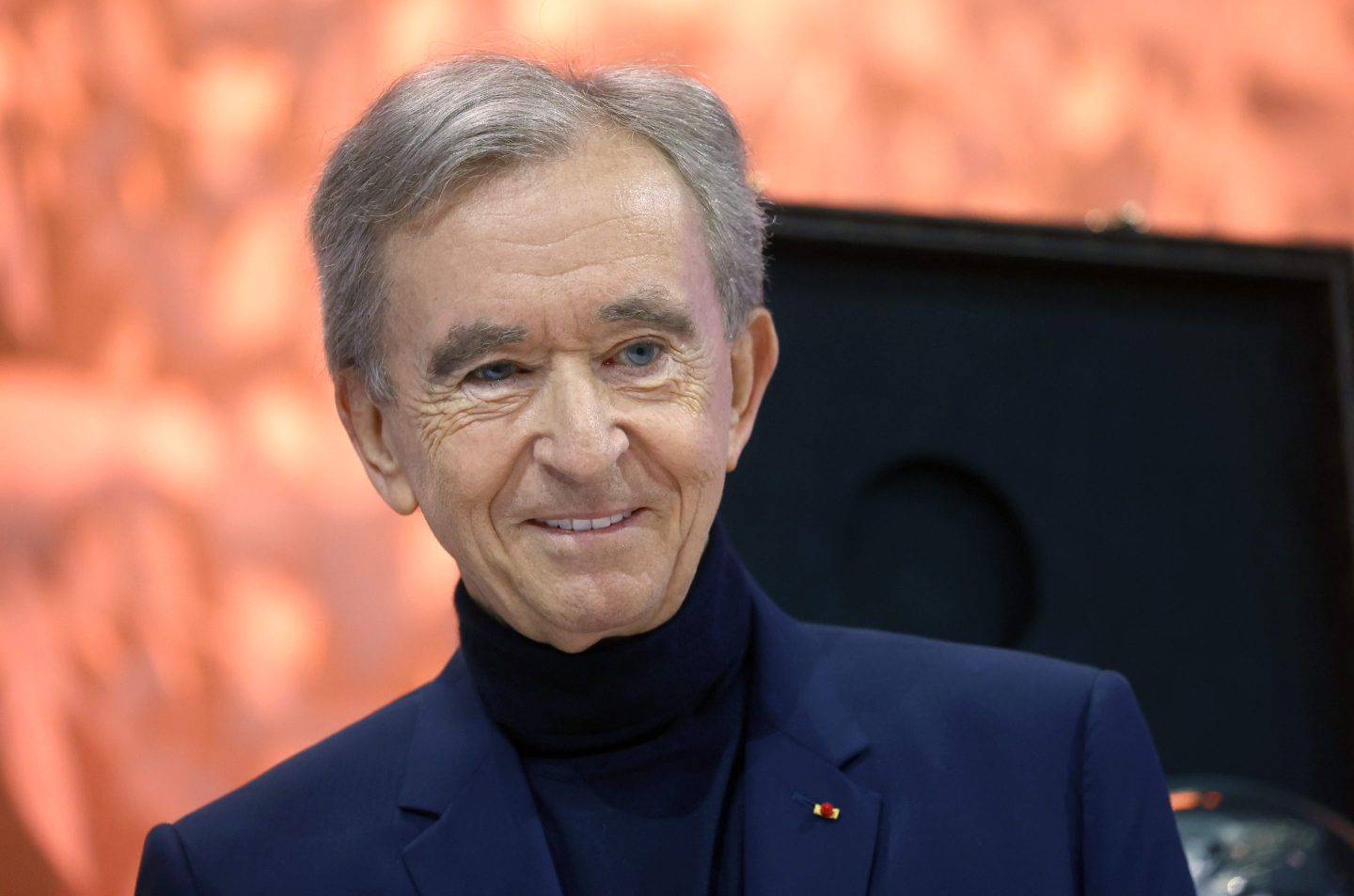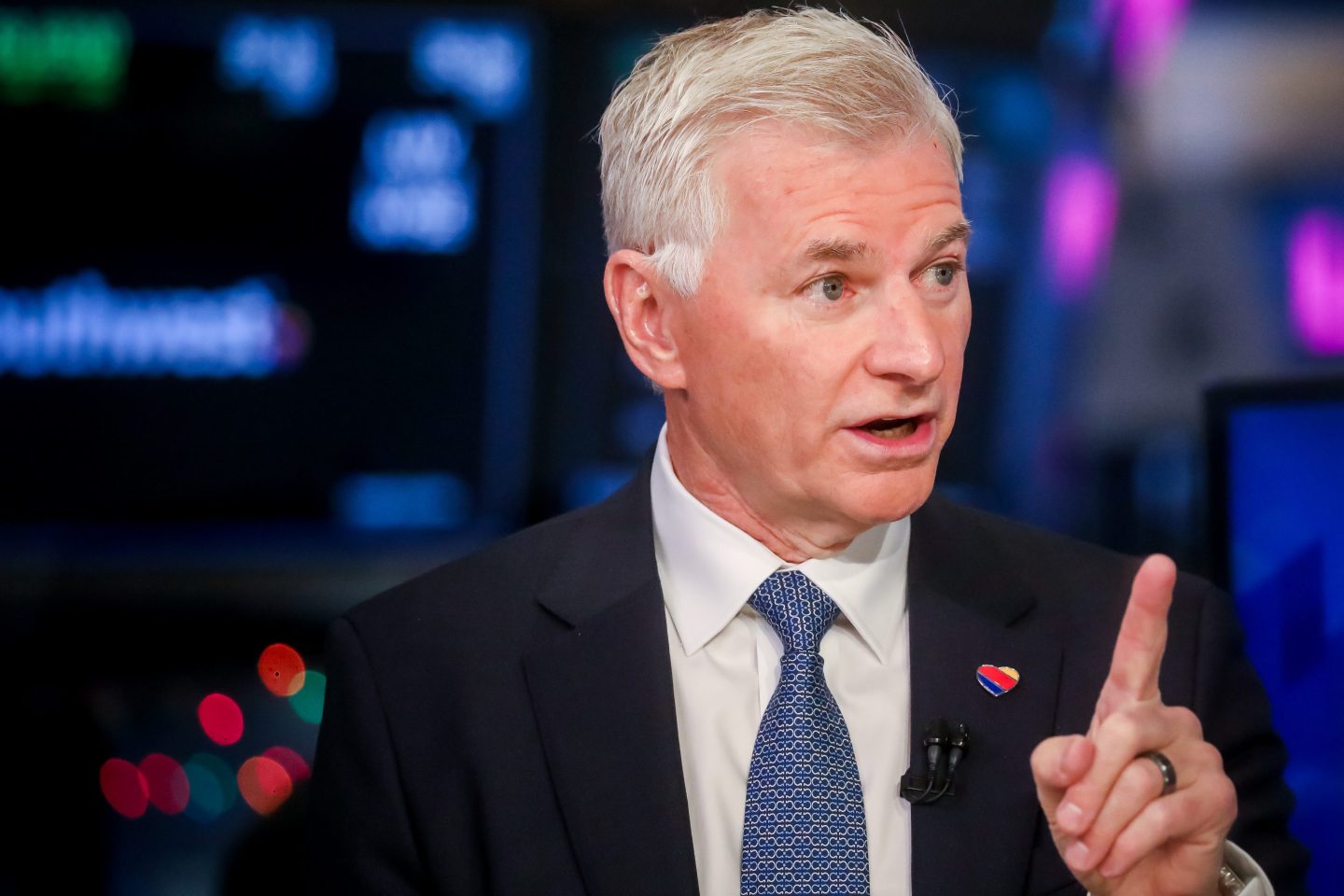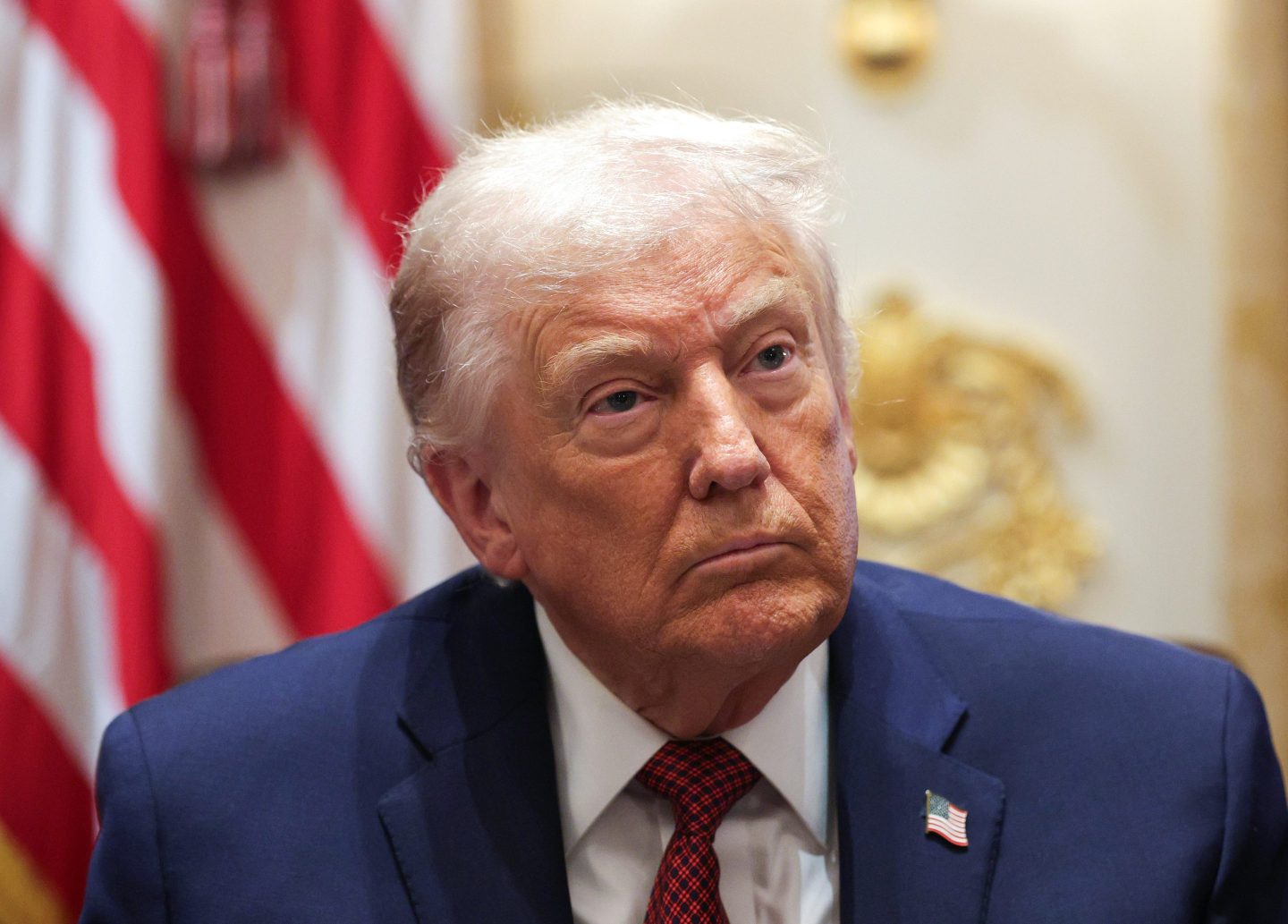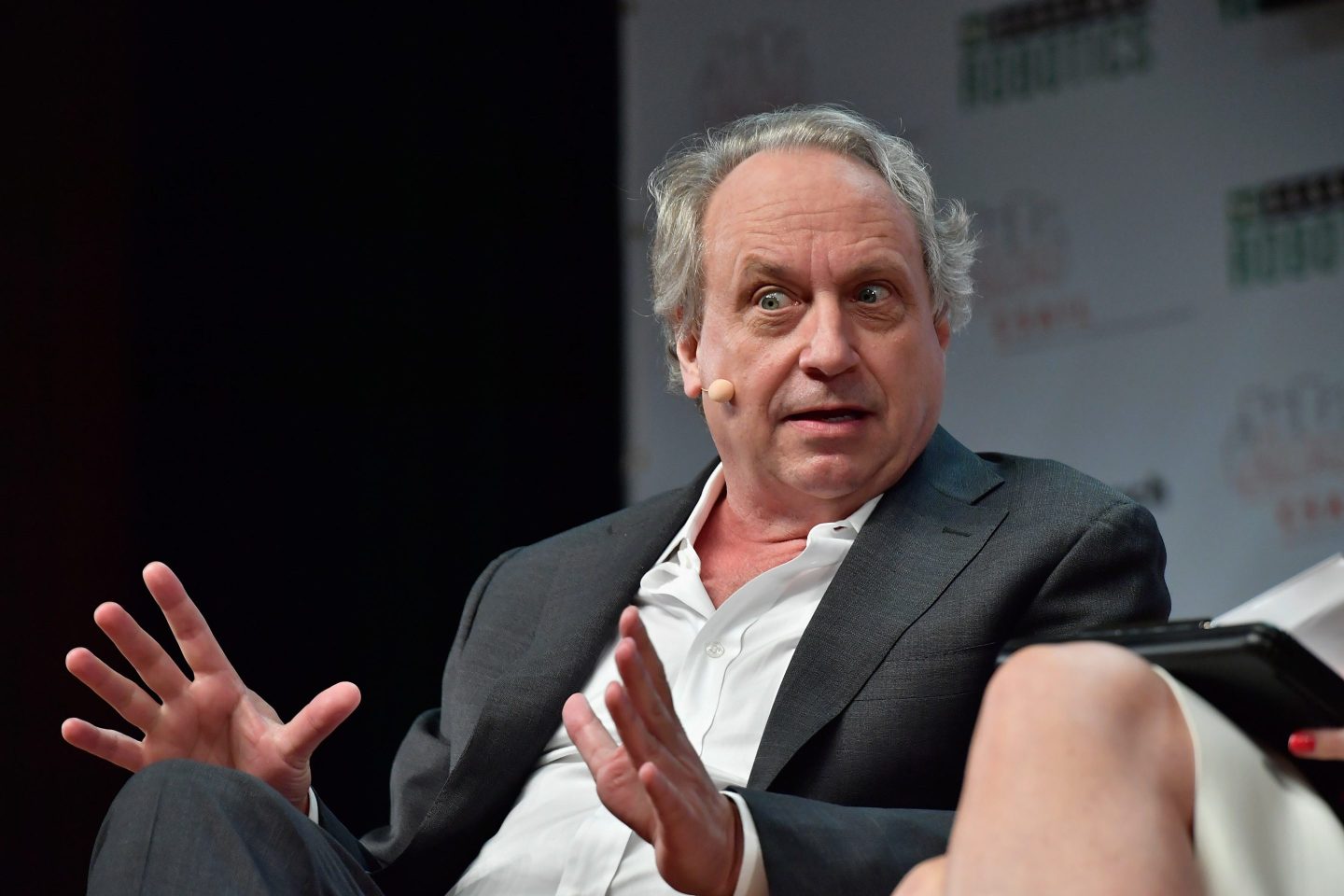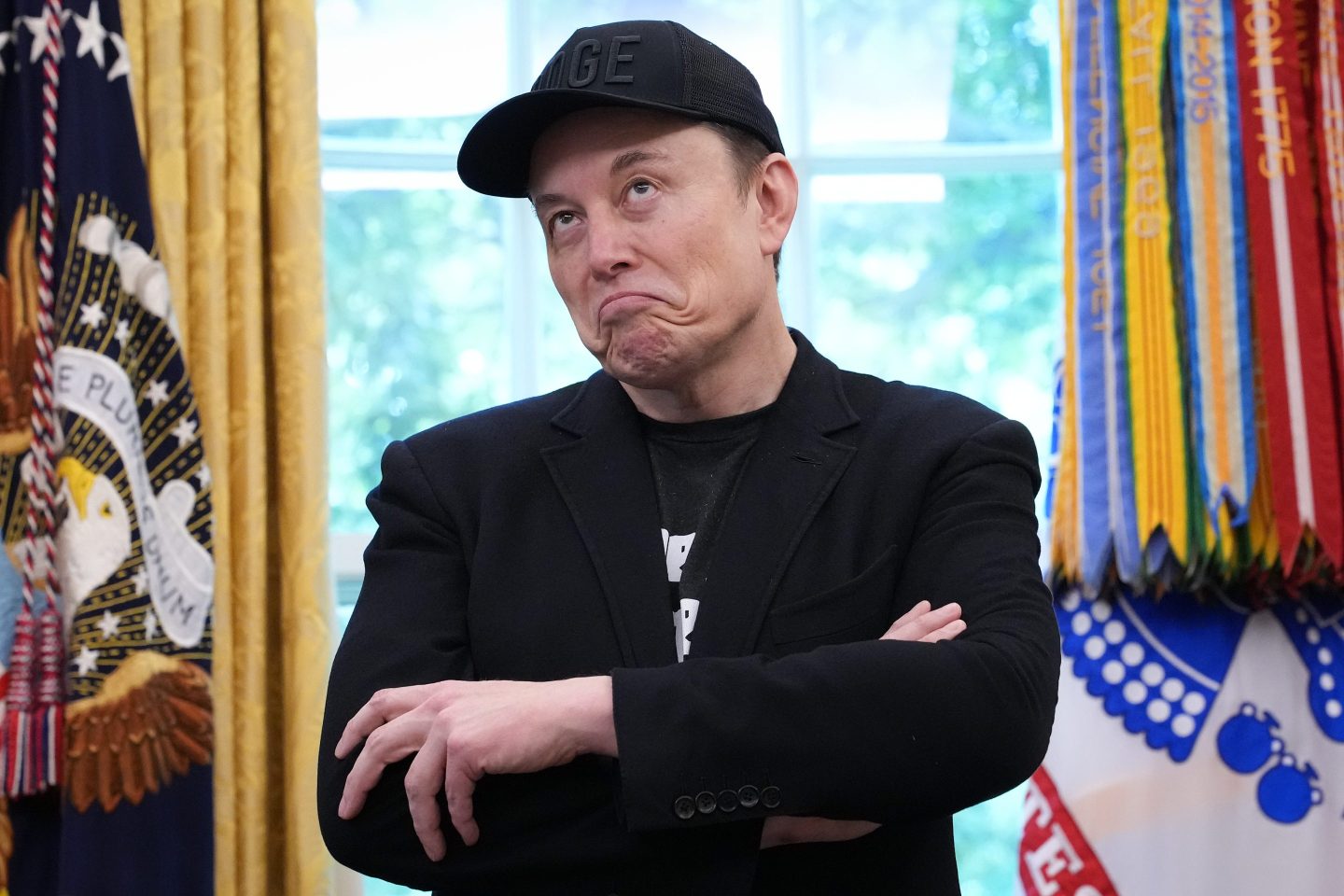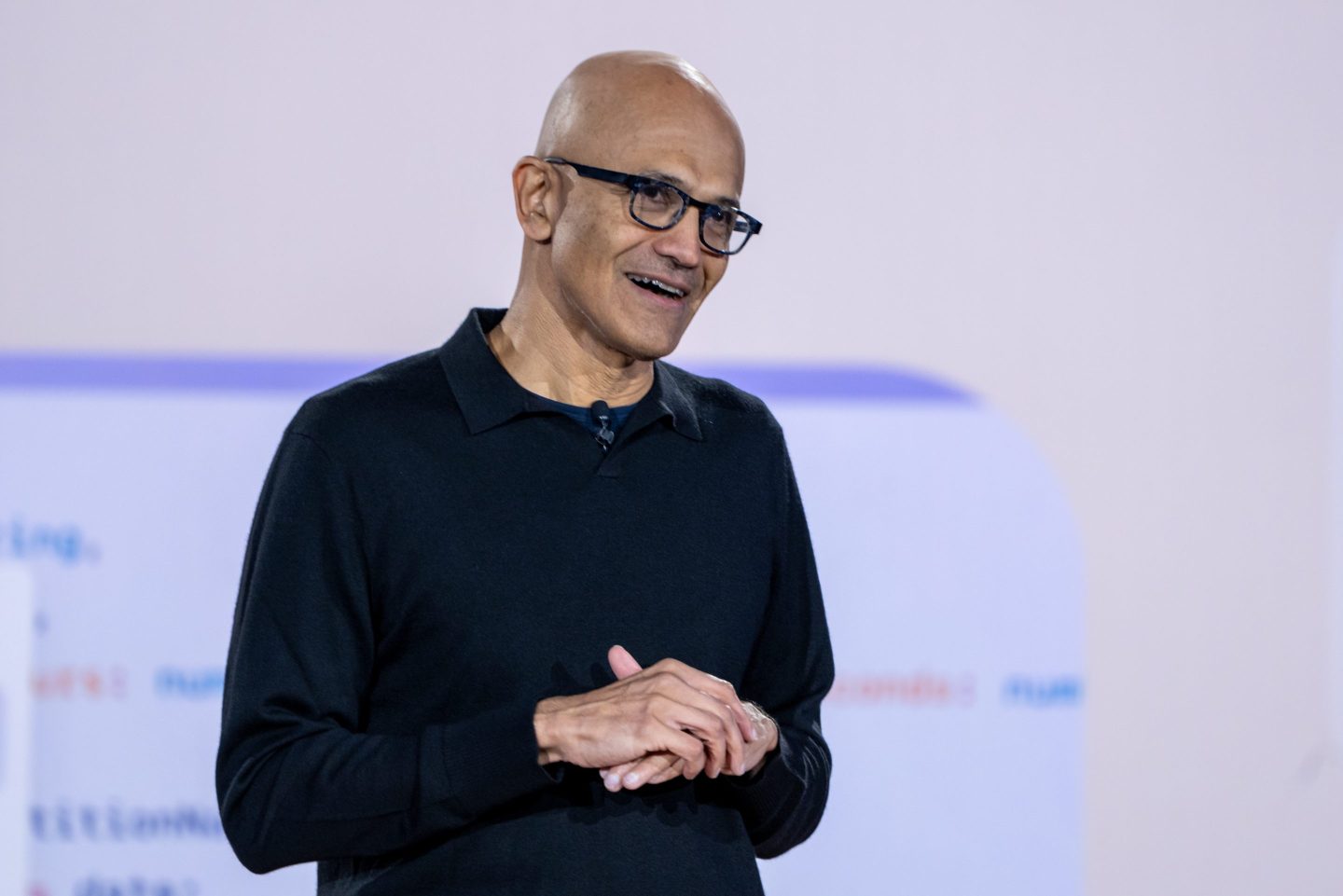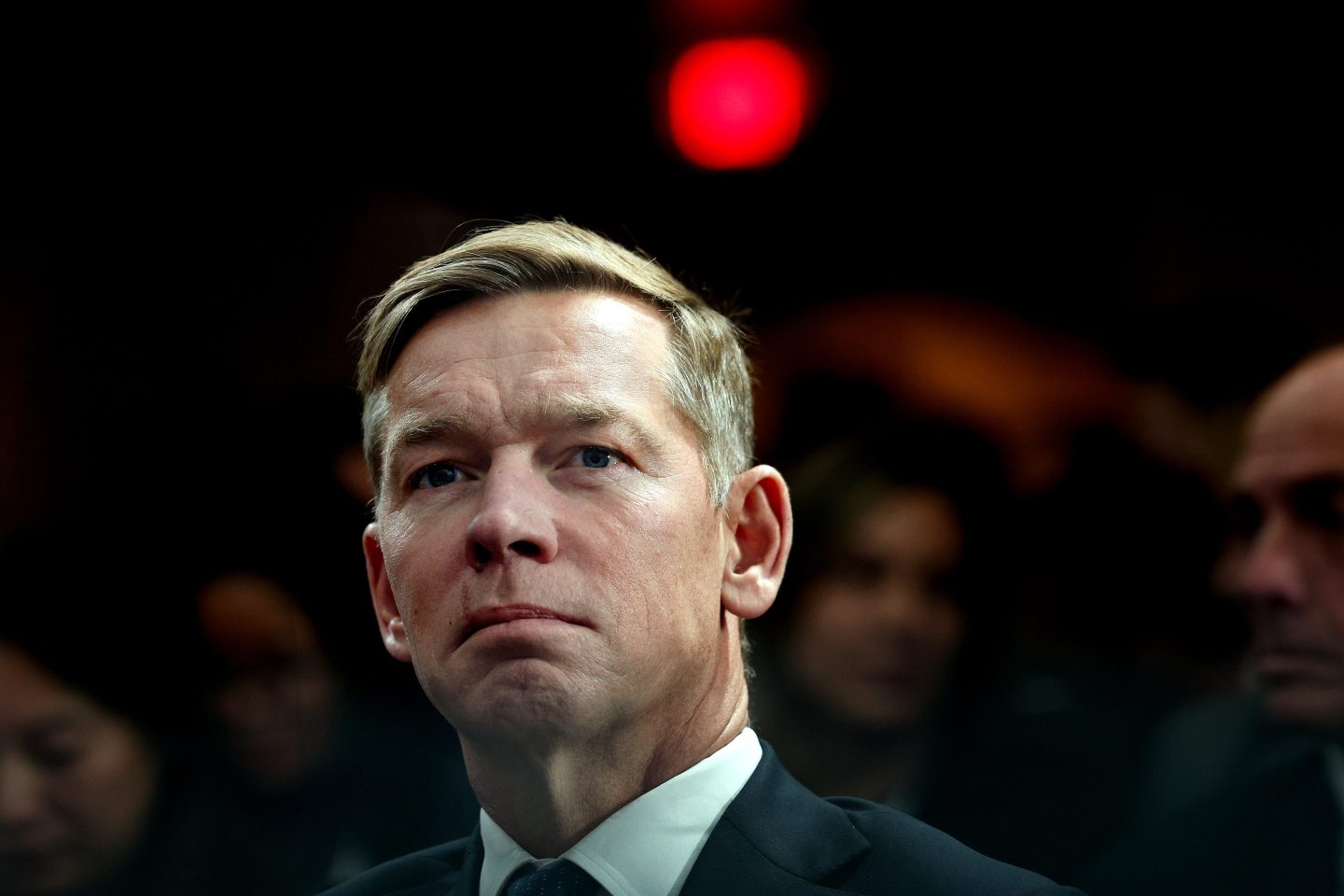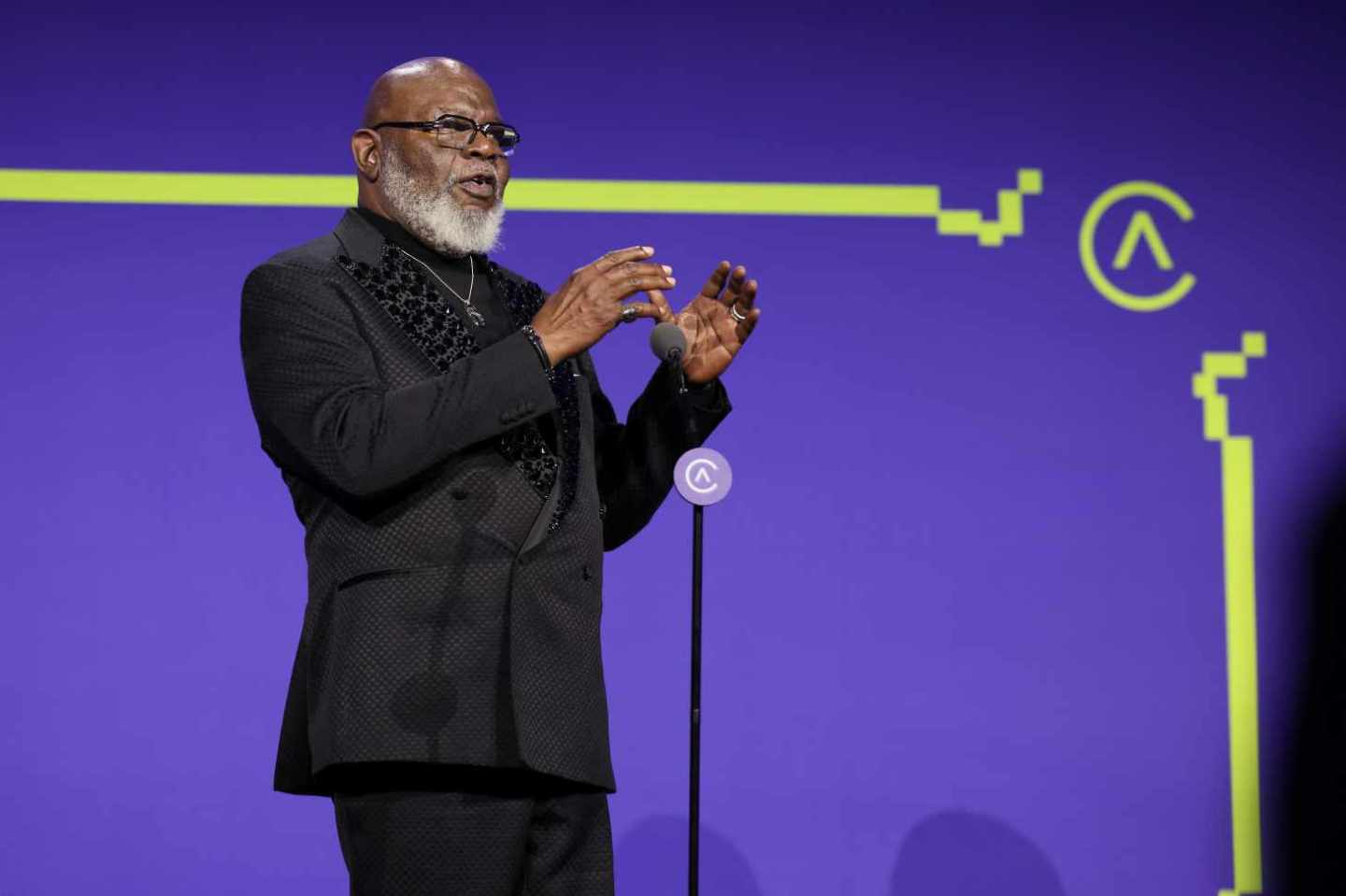The world’s richest billionaires have experienced incredible gains and losses this year—from Oracle’s Larry Ellison briefly toppling Elon Musk for the top spot before swiftly losing $34 billion, to Bill Gates tumbling down the ranking after philanthropic donations wiped $51 billion from his net worth. Now, after months of turbulence, LVMH’s Bernard Arnault is the latest businessman to rise up the Bloomberg Billionaires Index after his company’s breakout earnings report.
Between October 14 and 15, Arnault’s net worth surged from $173 billion to $192 billion. That is a staggering $19 billion overnight gain.
The wealth upswing propelled him from being the eighth richest person in the world to the seventh spot, surpassing former Microsoft CEO Steve Ballmer whose fortune currently rests at $176 billion. And it’s likely a welcome boom after Arnault’s net worth has been fluctuating heavily throughout 2025, with the LVMH CEO bleeding billions since March.
Why Arnault reached a high of $209 billion and a low of $146 billion
The ups and downs of the luxury market have catapulted Arnault up and down the billionaire list. As the leader of LVMH with a 48% stake in the business, his fortune is largely at the whim of whether consumers are buying up opulent products like Louis Vuitton bags, TAG Heuer watches, and Dom Perignon champagne. But Arnault’s current high of $192 billion isn’t anywhere near his high of $209 billion in January this year.
At the start of 2025, LVMH was reporting a positive outlook. Despite an “unfavorable economic environment,” the business said, 2024 revenue stood at €84.7 billion ($98.8 billion) and profits soared €19.6 billion ($22.9 billion), with major gains being made in Asia, the U.S., and Europe.
However, over the following months, the billionaire’s fortune would plummet to lows of $148 billion in April and $146 billion in June. From January’s high, he had lost $63 billion by June, before his net worth started steadily inclining again—and it’s all thanks to a luxury market on unsteady ground with tariffs and changing consumer preferences.
But Arnault’s bad luck streak has seemingly turned around (for now, at least). For the first time in months, his wealth saw a huge increase this Tuesday, when the business reported a revenue increase of 1% in the third quarter, hitting €18.3 billion ($21.2 billion); LVMH’s first period of growth since the start of its fiscal year. The company’s shares surged by 12%, marking the second-largest market-based increase in the luxury fashion conglomerate’s 38-year history.
2025: A rocky year for fashion conglomerates as shoppers question luxury goods
While the CEO is currently riding the high of his $19 billion boost, it’ll be difficult for Arnault to claw his way back to the $209 billion peak as researchers project a 3-year slowdown in luxury shopping.
Many consumers have started to turn their backs on luxury goods; fed up with a lack of ingenuity, skyrocketing daily expenses, and arguably declining quality, shoppers are thinking twice before splurging on designer items. And researchers have found that this shift in preferences might have a long-standing effect.
Earlier this year, McKinsey forecasted that the luxury industry’s global growth rate will slow to between just 1 to 3% between 2024 and 2027. The study also found that in lieu of buying up Manolo Blahnik heels or Hermès handbags, luxury shoppers have a growing preference for wellness and travel experiences. This change in taste has already materialized in the market: high net-worth consumers are simply shopping less. Only a third of the luxury sector reported positive growth last year, according to a 2024 Bain & Company study.
Bain & Co. described the luxury conundrum as a “value equation” issue: do shoppers feel as though they’re getting enough for what they’re buying in terms of experience, social and cultural relevancy, or craftsmanship? One of the study’s authors, Claudia D’Arpizio, noted that big brands were leaning on different markets with “entry items like streetwear, sneakers, and even beauty—all the categories that could have been more relevant for young people, but also with people with less discretionary spending.”
But the move may have backfired and “overcorrected” the issue, D’Arpizio told Fortune. Instead of letting the quality or design speak for itself, brands relied heavily on their own logos or experiences, stifling their innovation in the process. This prompted consumers to question if they should shell out for high-cost items.
